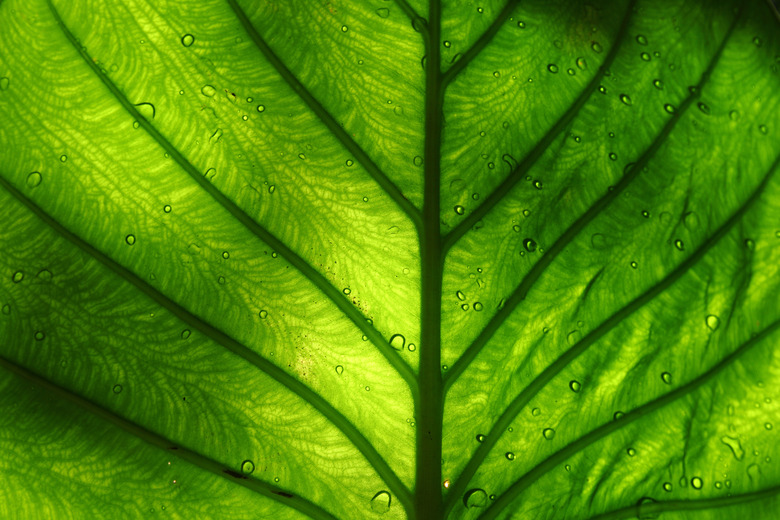How To Compare The Cells Of Plants, Animals & Unicellular Organisms
The cell is the basic unit of all life on Earth, and is the building block for every living organism. Plants, animals, fungi and unicellular (single-celled) organisms all contain different types of cells, which can be differentiated using a few key features.
Prokaryotes vs. Eukaryotes
Prokaryotes vs. Eukaryotes
Organisms can be divided into two categories: prokaryotes and eukaryotes. The prokaryotes include bacteria and some primitive single-celled organisms, while the eukaryotes include plants, animals, fungi and protists. In a prokaryotic cell, genetic information (DNA) is found in a region called the nucleiod and is not surrounded by a membrane. In a eukaryotic cell, DNA is contained in a compartment called the nucleus, which is enclosed by a membrane.
Protists
Protists
Protists are a large group of unicellular organisms. As eukaryotes, they have a true nucleus with a membrane. They are all single-celled, though they may sometimes come together to form colonies. Protist cells can be distinguished from plant, animal and fungal cells by their ability to move on their own. They may move using one or more tails (flagella), tiny hairs on the cell membrane (cilia) or long, arm-like extensions of the cell membrane (pseudopodia). A protist cell is a complete organism and can survive on its own, while the cell of a larger organism cannot.
Plants
Plants
The first characteristic to look for in a plant cell is the presence of a hard wall surrounding the entire cell. This cell wall is mostly made up of a compound called cellulose, and helps to give plants their structure. Plant cells also contain large bodies called chloroplasts. Chloroplasts are responsible for collecting energy from the sun and creating sugar, a process known as photosynthesis.
Fungi
Fungi
Like plants, fungal cells are surrounded by a cell wall. The composition of the cell wall, however, is different. Fungal cell walls are made up primarily of chitin, a compound that is also found in the hard shells of crustaceans. No cellulose is present in fungal cell walls. Fungi also lack the chloroplasts found in plant cells, as they do not undergo photosynthesis.
Animals
Animals
Animal cells can be easily distinguished from plant and fungal cells because they completely lack a cell wall. Animal cells are surrounded only by the thin, flexible cell membrane. Because they have no cell wall to provide structure, animal cells must be supported in some other way (for example, a skeletal system). They also do not contain the chloroplasts found in plants, as they do not undergo photosynthesis.
References
- "Life: The Science of Biology"; W.K. Purves, D. Sadava, G.H. Orians, H.C. Heller; 2001
- "Invertebrate Zoology"; E.E. Ruppert, R.S. Fox and R.D. Barnes; 2004
- "Bioessays"; The Structure and Synthesis of the Fungal Cell Wall; S.M. Bowman and S.J. Free; Aug. 2006
- Biology Online: Plant Cells vs. Animal Cells
Cite This Article
MLA
Horner, Kyle. "How To Compare The Cells Of Plants, Animals & Unicellular Organisms" sciencing.com, https://www.sciencing.com/compare-plants-animals-unicellular-organisms-6904295/. 13 March 2018.
APA
Horner, Kyle. (2018, March 13). How To Compare The Cells Of Plants, Animals & Unicellular Organisms. sciencing.com. Retrieved from https://www.sciencing.com/compare-plants-animals-unicellular-organisms-6904295/
Chicago
Horner, Kyle. How To Compare The Cells Of Plants, Animals & Unicellular Organisms last modified March 24, 2022. https://www.sciencing.com/compare-plants-animals-unicellular-organisms-6904295/
